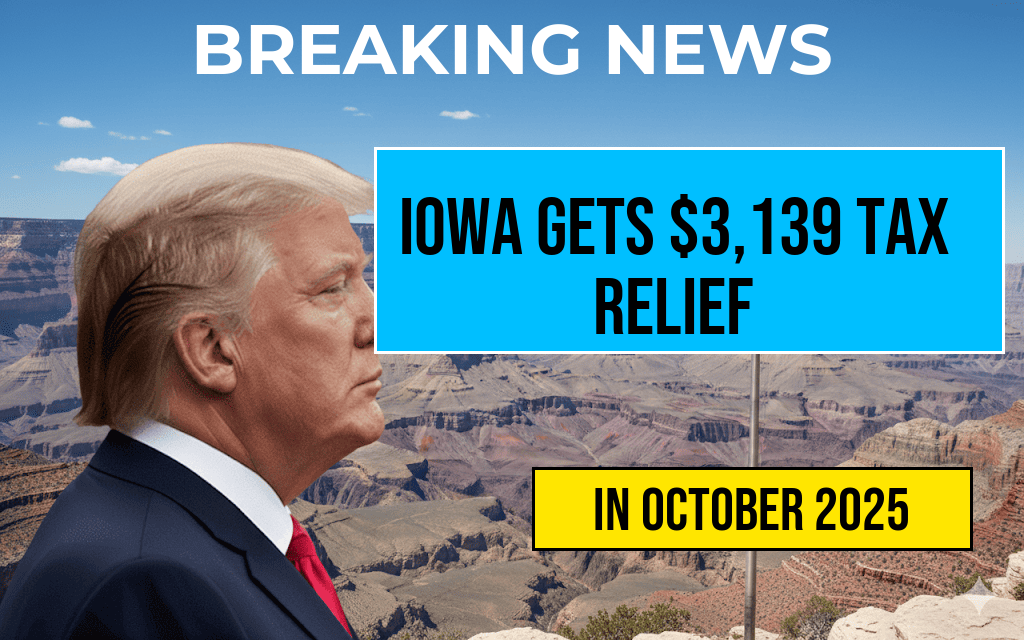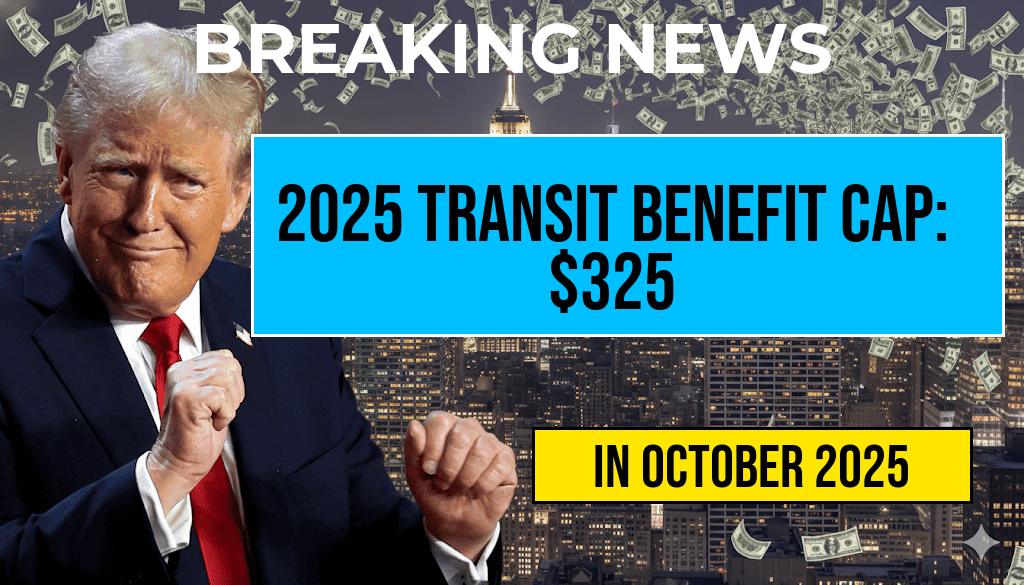Residents of Iowa are set to see an average tax relief of approximately $3,139 as a result of the recent implementation of Donald Trump’s tax plan. The new legislation, which aims to reshape the federal tax landscape, promises reductions that directly benefit both individual filers and local economies. According to preliminary estimates from the Internal Revenue Service, Iowa taxpayers will experience a significant decrease in their tax burdens, with the relief amount varying based on income levels and filing status. This shift is part of a broader effort to stimulate economic growth and simplify the tax code, though critics express concerns about the long-term fiscal implications. The plan’s impact on Iowa’s budget, public services, and overall economic health remains a subject of active debate among policymakers and residents alike.
Understanding the Tax Relief Breakdown for Iowa
How the Relief Is Calculated
The estimated $3,139 average tax savings for Iowa residents stems from a combination of factors, including higher standard deduction thresholds, lower tax rates across multiple brackets, and increased child tax credits. The IRS projects that these adjustments will benefit a broad spectrum of taxpayers, especially middle-income families, which constitute a significant portion of the state’s population. The relief figures are based on IRS data, adjusted for Iowa’s income distribution and filing patterns.
Distribution of Benefits
| Income Range | Average Relief | Percentage of Total Benefits |
|---|---|---|
| $50,000 – $75,000 | $3,500 | 45% |
| $75,000 – $100,000 | $3,200 | 30% |
| Below $50,000 | $2,800 | 15% |
| Above $100,000 | $4,200 | 10% |
Data indicates that middle-income earners, particularly those earning between $50,000 and $75,000, are the primary beneficiaries, capturing nearly half of the total projected relief. Higher earners, while receiving greater individual savings, account for a smaller share of the overall benefit distribution.
Economic Implications for Iowa
Potential Stimulus Effects
Proponents argue that the tax cuts will enhance disposable income, encouraging increased consumer spending and investment within the state. Local businesses might see a boost as residents have more funds to allocate toward goods and services, which could contribute to job retention and expansion. According to economic analyses, similar tax adjustments have historically spurred short-term growth, though sustained impacts depend on broader fiscal policies and economic conditions.
Budgetary Considerations
However, critics warn that reduced federal revenue might exert pressure on federal and state budgets, potentially leading to cuts in public programs or increased deficits. Iowa’s state government, which relies partly on federal funding, could face constraints if national tax revenues decline significantly. The Congressional Budget Office (CBO) estimates that the recent tax plan could reduce federal revenues by trillions of dollars over the next decade, raising questions about fiscal sustainability.
Political and Public Reactions
Supportive Voices
Republican officials in Iowa have largely championed the tax relief as a necessary step toward fostering economic growth and providing relief to hardworking families. Senator Joni Ernst, for instance, emphasized that the plan would help middle-class families keep more of their earnings and stimulate local economies. “This tax relief is a win for Iowa families who are working hard to make ends meet,” she stated in a recent press release.
Opposition and Concerns
Democratic leaders and consumer advocacy groups caution that the benefits may disproportionately favor higher-income households and corporations, raising concerns about growing income inequality. They also highlight potential long-term deficits, which could hinder funding for essential services such as healthcare, education, and infrastructure. Critics argue that the tax plan lacks sufficient safeguards to ensure that lower-income residents receive equitable benefits.
Looking Ahead: Monitoring the Impact
As the new tax policies take effect, Iowa residents and policymakers will closely observe changes in tax filings, government revenues, and economic activity. The IRS continues to update its data, providing a clearer picture of the plan’s real-world effects. Analysts suggest that the coming months will be crucial in evaluating whether the anticipated economic stimulation materializes and how federal and state budgets adapt accordingly. Stakeholders remain divided, with ongoing debates about the best strategies to balance growth, fairness, and fiscal responsibility.
Frequently Asked Questions
What is the total amount of tax relief Iowa is expected to receive under Trump’s tax plan?
Iowa is projected to receive approximately $3,139 in tax relief under Donald Trump’s tax plan.
How does Trump’s tax plan benefit residents of Iowa?
The tax plan is designed to reduce overall taxes for residents, leading to increased tax relief and potentially more disposable income for families and individuals in Iowa.
When will Iowa residents start to see the tax relief benefits?
Typically, tax relief benefits from new legislation are reflected in the upcoming tax filings and refunds, with many residents seeing the impact during the next tax season following the plan’s implementation.
Does the $3,139 tax relief vary based on income or other factors?
Yes, the tax relief amount can vary depending on individual factors such as income level, filing status, and specific tax situations, but the average benefit for Iowa residents is estimated at $3,139.
Are there any additional tax benefits included in Trump’s tax plan for Iowa?
Beyond the estimated $3,139 in tax relief, the plan may include other tax benefits such as lower rates, increased deductions, or credits that could further benefit Iowa residents.






